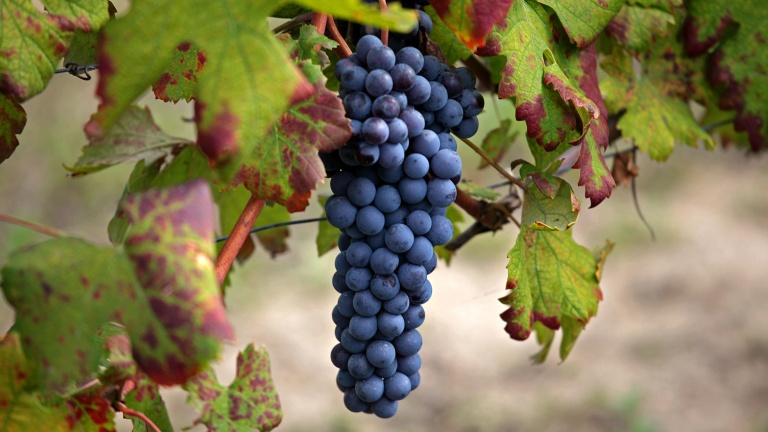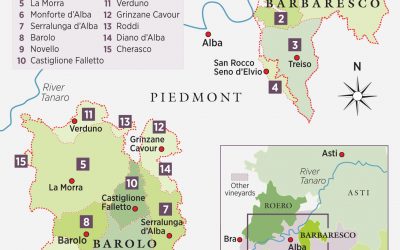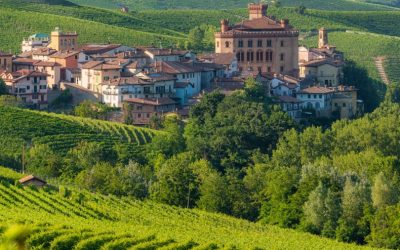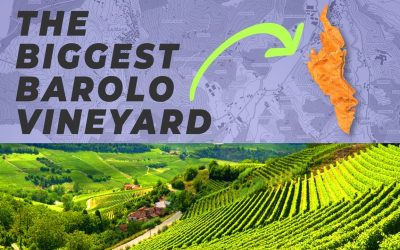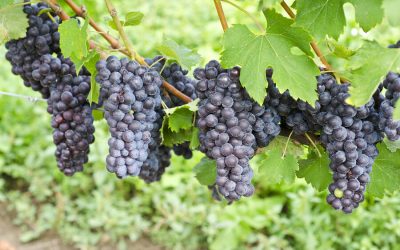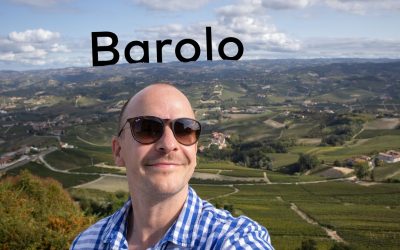What is The Origin and Geography of Barolo
Barolo, often referred to as the “King of Wines and Wine of Kings”, hails from the stunningly beautiful region of Piedmont in Northern Italy. This region, renowned for its picturesque landscapes, delectable food, and world-class wines, is home to the renowned Barolo wine, crafted exclusively from the Nebbiolo grape. The origin and geography of Barolo plays a significant role in its unique characteristics, making it one of the most appreciated wines worldwide.
In this guide, we’ll delve into the heart of Barolo’s origin, exploring its designated production areas, the significance of its unique geography, and how these elements come together to create a wine that stands unparalleled in its richness and complexity. Join us as we take a journey into the world of Barolo, uncovering the magic that lies in its very soil and climate, and the human craftsmanship that brings its majesty to life.
What is The Origin and Geography of Barolo
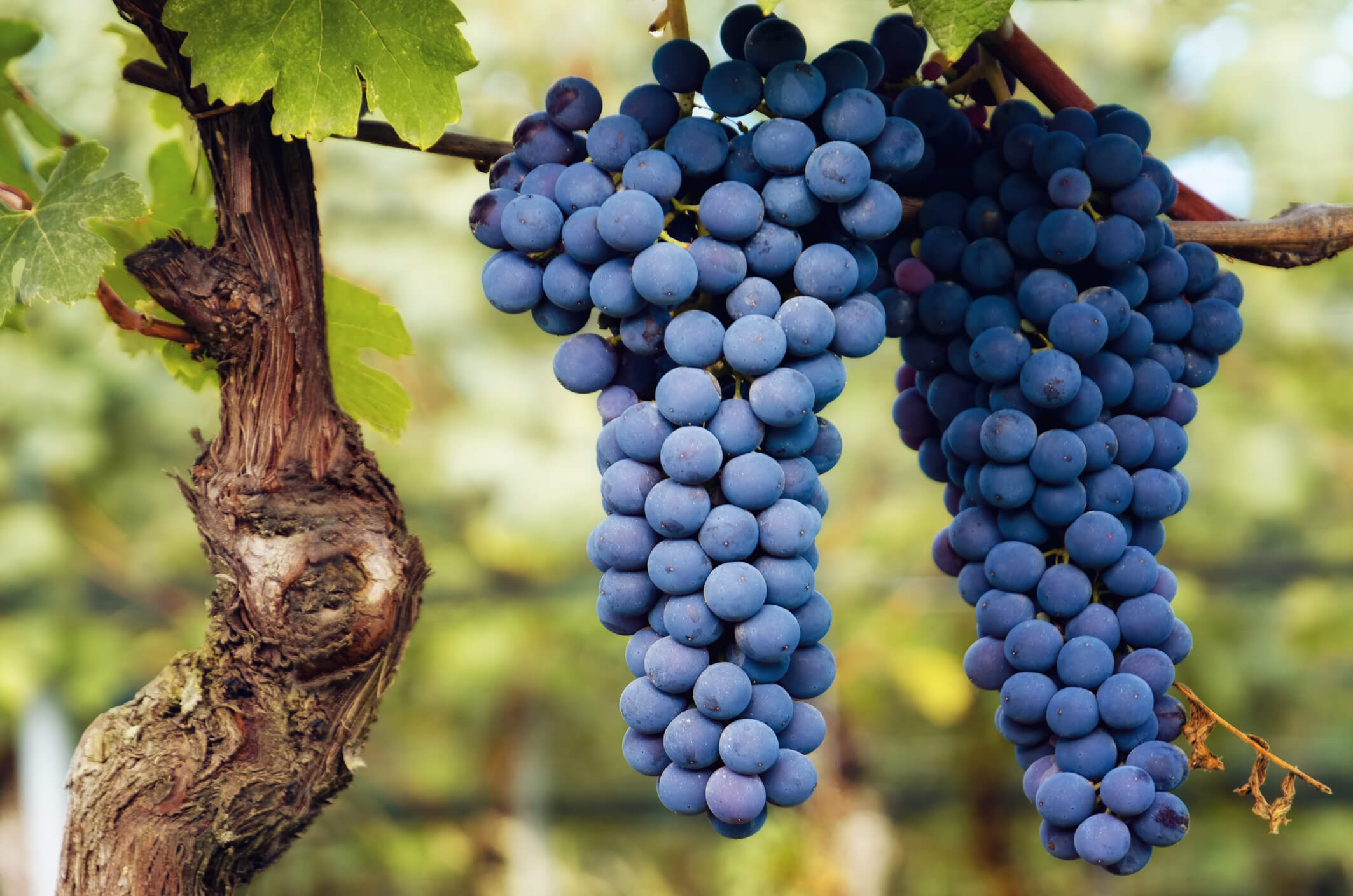
Originating from Piedmont, a northwestern region of Italy abutting France, Barolo is more than just a wine. It’s a testament to the region’s rich viticultural history and dedication to quality. This prized wine is crafted entirely from Nebbiolo grapes, a variety known for its robust character and elegant aging potential.
🍇 The legal classification of Barolo is strict and precise to preserve its integrity and reputation. Nebbiolo grapes intended for Barolo must be cultivated within specified zones scattered across 11 distinct villages. These villages, situated south of the town of Alba, contribute to the nuanced profile of Barolo wine, with each village adding its unique imprint to the final product.
🗺️ Barolo wine, therefore, is a mosaic of flavors and aromas that change subtly based on where the grapes are grown. Whether it’s the calcareous marl of Serralunga d’Alba or the sandy soils of La Morra, the terroir plays a critical role in shaping Barolo’s identity.
🇮🇹 What is Barolo? The origin of Barolo is interwoven with the landscapes, climate, and human passion of Piedmont. It’s a wine that continues to stand as a symbol of Italian viticulture, bearing the hallmarks of a region known for its contribution to the world of wine. As the saying goes, ‘wine is the poetry of the earth,’ and Barolo is undoubtedly one of Piedmont’s most profound verses.
What is so special about Barolo?
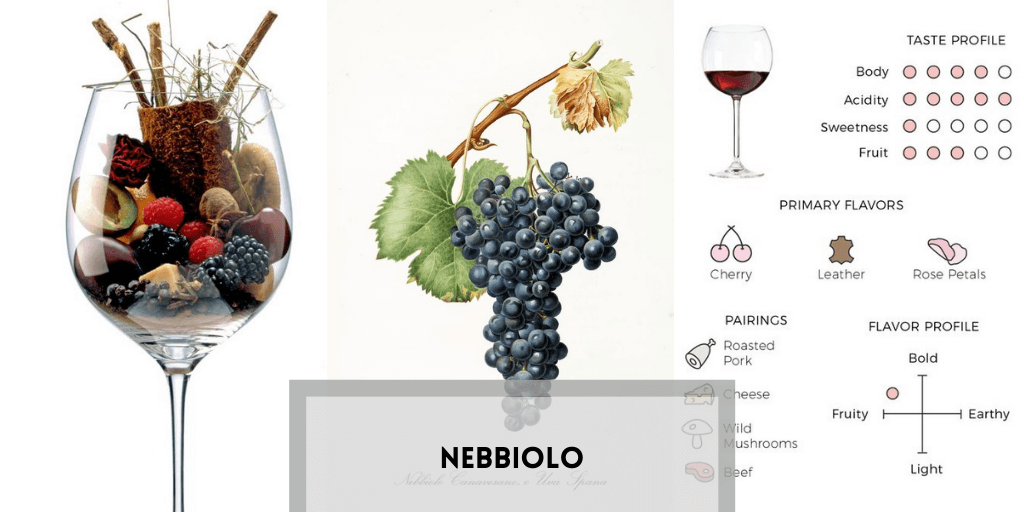
Barolo is known as the ‘king of wines’ and the ‘wine of kings‘. What makes it so special is its unique combination of characteristics that make it unlike any other wine in the world. Made from the Nebbiolo grape, it is grown in a very small region in the Piedmont area of northern Italy. The microclimate, rich soil and careful aging process give What is the main grape in Barolo?
Barolo its distinctive flavor and high quality. The robust and complex nature of Barolo, coupled with its capacity to age gracefully, contribute to its high regard among wine connoisseurs. Furthermore, each bottle tells a story of the winery, the winemakers, and the land from which it came. Are you planning a wine tours in Italy? Discover how to visit wineries in Barolo with the Albacitytours.com Barolo Travel Guide.
Why Barolo is so Expensive?
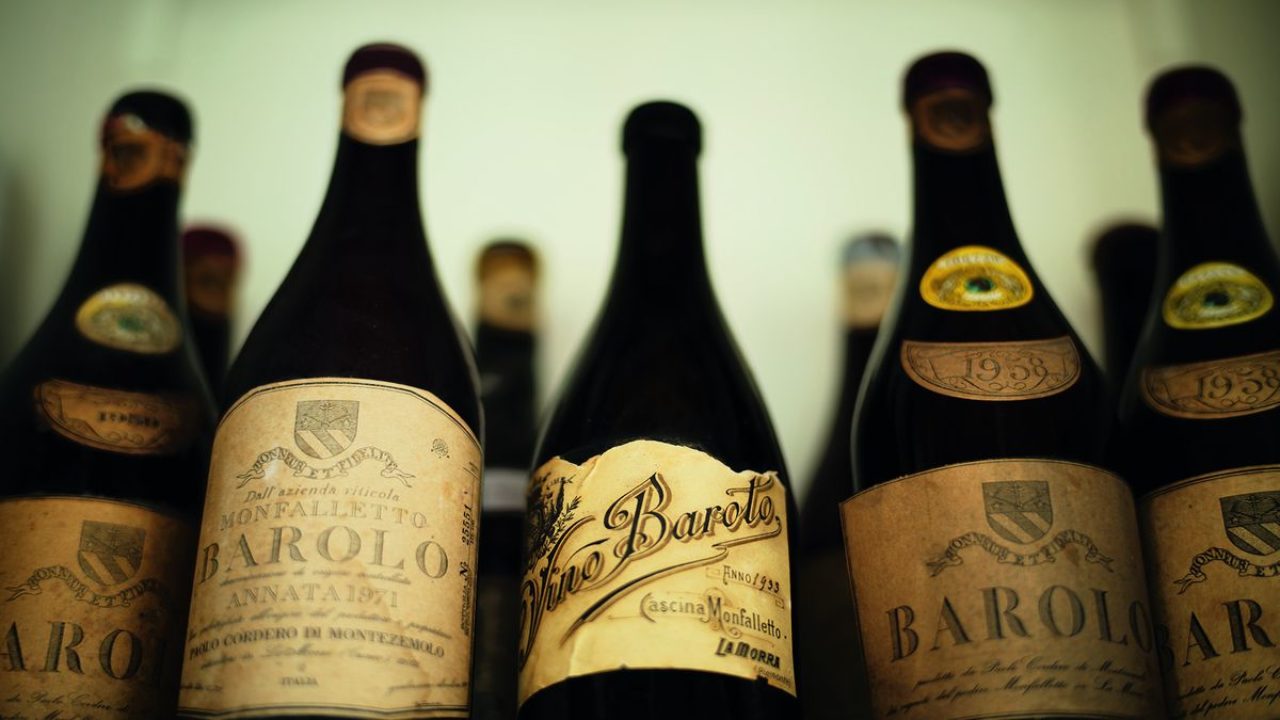
The hefty price tag of Barolo can be largely attributed to the meticulous care and rigorous processes that go into its production. The Nebbiolo grape, from which Barolo is exclusively crafted, is a delicate and temperamental variety, demanding specific soil and climatic conditions to express its full potential. The steep, south-facing slopes of the Piedmont region offer just the right environment for these grapes to thrive. Furthermore, Barolo wines require lengthy aging – a minimum of 38 months, 18 of which must be in wooden barrels. This not only ties up inventory but also necessitates considerable storage space. Lastly, the reputation of Barolo as a high-quality, prestigious wine adds to its overall market value. Hence, the expense of Barolo represents not only a sensory delight but also a tribute to the painstaking craft behind its creation. 💰🍇🍷
How many Barolo communes are there?

The 11 Communes of Barolo: The Barolo wine region in Piedmont, Italy, is known for its remarkable wines that reflect the unique characteristics of the area. The Barolo DOCG (Denominazione di Origine Controllata e Garantita) includes 11 communes, namely Barolo, Castiglione Falletto, Serralunga d’Alba, La Morra, Monforte d’Alba, Verduno, Novello, Grinzane Cavour, Diano d’Alba, Cherasco, and Roddi. Each commune contributes distinct qualities to the Barolo wine, influenced by local microclimates and soil compositions. Particularly, the first five communes — Barolo, Castiglione Falletto, Serralunga d’Alba, La Morra, and Monforte d’Alba — are highly regarded for their exceptional wine quality.
Exploring the Communes of Barolo: When you delve into the Barolo wine region, you encounter a world of flavors shaped by the distinct characteristics of 11 communes. These include Barolo, Castiglione Falletto, Serralunga d’Alba, La Morra, Monforte d’Alba, Verduno, Novello, Grinzane Cavour, Diano d’Alba, Cherasco, and Roddi. Each of these communes adds a unique touch to Barolo wine, with the first five — Barolo, Castiglione Falletto, Serralunga d’Alba, La Morra, and Monforte d’Alba — being especially noted for their exceptional wine production. The distinctive microclimates and soil compositions of these communes render each Barolo wine unique, offering an enticing exploration of taste and aroma.
What are the 5 villages of Barolo?
Barolo wine is produced in five main villages, or “communes,” within the designated Barolo region in Italy’s Piedmont. Each village has its unique microclimate and soil compositions, which contribute to the diverse profiles of Barolo wines. These are:
- Barolo
- La Morra
- Castiglione Falletto
- Monforte d’Alba
- Serralunga d’Alba
| Commune/Village | 😃 Emoticon | Significance |
|---|---|---|
| Barolo | 🍷 | Home to historic vineyards like Cannubi |
| La Morra | 🌄 | Produces elegant, aromatic Barolos |
| Castiglione Falletto | 🏞️ | Known for its robust, structured wines |
| Monforte d’Alba | 🍇 | Produces intense, powerful Barolos |
| Serralunga d’Alba | ⛰️ | Known for its complex, long-lived wines |
| Other six communes | 🗺️ | Each contributes to the diversity of Barolo |
What are the 11 towns of Barolo?

he Barolo wine-producing region, located in Italy’s Piedmont region, is divided into 11 towns or communes. These communes are officially designated for Barolo production and contribute their unique terroir characteristics to the wines. The 11 towns of Barolo are:
- Barolo
- La Morra
- Castiglione Falletto
- Monforte d’Alba
- Serralunga d’Alba
- Cherasco
- Diano d’Alba
- Grinzane Cavour
- Novello
- Roddi
- Verduno
These 11 communes offer a varied expression of Barolo wines. From the powerful and long-aging Barolos of Serralunga d’Alba to the more elegant and aromatic wines of La Morra, the diverse landscape and microclimates within these towns lead to a broad spectrum of wine styles within the Barolo designation.
Barolo: Exploring the Charming Italian Comune and its Rich Heritage
https://www.youtube.com/watch?v=SCgynSvHj4s
What does Cannubi mean Barolo?
Cannubi is an esteemed vineyard site, or “cru,” within the commune of Barolo. This historic hill, with its perfect sun exposure and unique microclimate, produces some of the most elegant and revered Barolos. The name “Cannubi” is synonymous with high-quality Barolo wines.
Where does the best Barolo come from?
The “best” Barolo can be quite subjective, as it largely depends on personal preferences for the wine’s style. The five key communes (Barolo, La Morra, Castiglione Falletto, Monforte d’Alba, Serralunga d’Alba) each produce distinct styles of Barolo. Generally, vineyards situated in the central part of the Barolo region, including Cannubi and Sarmassa in Barolo and Rocche di Castiglione in Castiglione Falletto, are highly respected.
